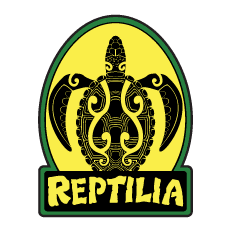Amazon Milk Frog
Common Name: Amazon Milk Frog
Scientific Name: Trachycephalus resinifictrix
Names: N/A
Locations: Whitby, Vaughan & London

Diet
Amazon Milk Frogs are insectivores, feeding primarily on insects such as crickets, moths, flies, and other small invertebrates.
Average lifespan
In the wild, Amazon Milk Frogs can live around 5 to 10 years, while in captivity, they may live up to 8 to 10 years with proper care.
Size
Amazon Milk Frogs are medium-sized frogs, with adults reaching lengths of 6 to 10 centimeters (2.5 to 4 inches).
Weight
Adult Amazon Milk Frogs typically weigh between 20 to 30 grams (0.7 to 1.1 ounces).
About
Amazon Milk Frogs are native to the tropical rainforests of the Amazon Basin in South America, particularly in countries like Brazil, Colombia, and Peru. They are arboreal, spending most of their time in trees and near water sources, such as ponds and streams, where they can find ample food and suitable breeding sites.
Size and behavior
Amazon Milk Frogs have a distinctive appearance with their smooth, pale blue to gray skin adorned with black or dark brown patches. They have large toe pads that help them climb and adhere to surfaces. These frogs are nocturnal, being most active at night when they hunt for food. During the day, they can often be found resting on leaves or branches.
Diet and nutrition
In the wild, Amazon Milk Frogs consume a variety of insects and other small invertebrates. In captivity, they should be fed a diet of appropriately sized live insects, such as crickets, roaches, and flies, supplemented with occasional waxworms or other larvae. It is important to dust the insects with a calcium supplement to prevent nutritional deficiencies and ensure proper health.
Conservation status
The conservation status of Amazon Milk Frogs is currently listed as Least Concern by the International Union for Conservation of Nature (IUCN). However, they may face threats from habitat destruction due to deforestation and pollution in their native range.
Fun fact
The name “Milk Frog” comes from the milky secretion that these frogs produce when they are stressed or threatened. This secretion acts as a defense mechanism, deterring predators due to its unpleasant taste and potential toxicity. Additionally, Amazon Milk Frogs have a unique call that sounds like a low-pitched trill, which males use to attract females during the breeding season.
Call or visit your local Reptilia Facility to learn how you can adopt one of these amazing reptiles.










